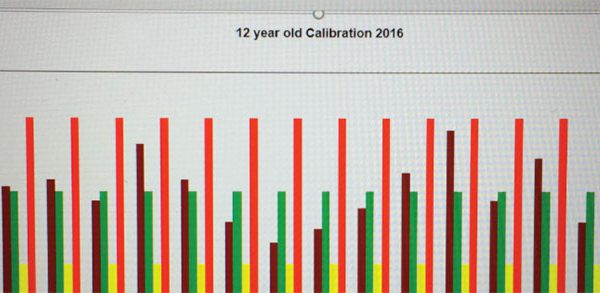Data quality and consistency
There is added value in surveys which permit comparisons to be made across time and geographical areas. Trends in disease over time are key to disease surveillance. Comparisons of findings in different locations and groups can highlight areas of higher disease experience.
A survey needs to have internal validity – measuring what it is supposed to measure. It should also be reliable – repeated surveys would result in the same results, and all observers agree on what is found.
The current role of BASCD in relation to dental epidemiology in the UK can be summarised as:
“Ensuring that dental epidemiology data across the UK is comparable”.
Principles underpinning dental epidemiology to ensure data comparability
- use of BASCD or other published criteria/tools
- use of sampling frames and random sampling where possible
- highlight any differences between your survey methods and what has been done historically locally and elsewhere including potential impact on results
- train examining teams on the survey criteria, consent issues and common data collection errors
- where possible calibrate examiners in the key criteria
The above principles apply to ongoing surveillance programmes. If it is intended to undertake a survey in a new area of need for your programme or to support a needs assessment process the following additional principles should be borne in mind when designing the survey:
Principles underpinning exploring new areas of need
- where novel data is to be collected to collect that alongside data from established tools so that findings can be extrapolated appropriately
- understand the spirit and the letter of the criteria associated with disease tools/measures and identify when you may need to modify the tools and highlight what you have done and why (e.g. for a survey of 3-year olds do not assume missing deciduous incisors are naturally exfoliated as you would in 5-year olds)
- If your survey is to support needs assessment in groups where disease presence may not directly equate to treatment need, consider collecting some clinical opinion on need for interventional treatment alongside the disease and impact data



